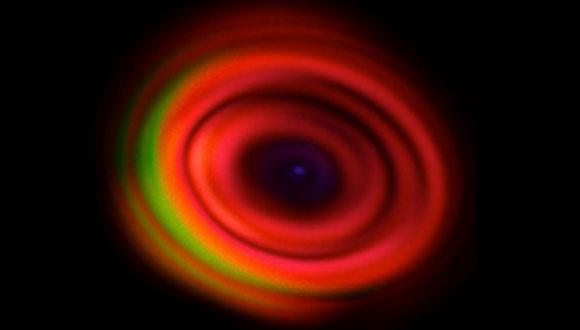LMI Seminar: Phase microscopy for nanometric non-destructive tests under low spatial coherence illumination
Amit Nativ, M.Sc student under supervision of Prof. Natan T. Shaked, TAU
Abstract:
Phase imaging methods exploit the fact that the phase of the imaging field is typically much more informative than its amplitude. The relative phase shifts imaged using these techniques contain topography as well as refractive index information about the specimen under investigation. As such, phase imaging offers the opportunity to image transparent objects (such as biological cells), otherwise invisible under regular bright field microscopes, or topography of nano and micro structures in material sciences.
The basic physical principle behind phase imaging is interference. To achieve interference, two beams incident on an optical detector must be mutually coherent in space and time. Using highly coherent illumination makes it easy to obtain interference. Unfortunately, besides having lower resolution, imaging with a highly coherent light degrades the output image quality due to parasitic interferences, phase halos, speckle noise and ringing artifacts around sharp edges. Thus, high coherence illumination damages the ability to measure small phase and amplitude spatial changes, making it unsuitable for imaging objects with size in the order of the diffraction limit.
In this work, I present two optical systems capable of achieving high quality phase images under low spatial-coherence illumination. Both systems are compact and external to the imaging system. They can be easily connected externally to a bright-field microscope, thus turning any bright-field microscope illuminated by low spatial-coherence illumination into a phase imaging system.
The first system, is a compact and external off-axis module for interferometric quantitative phase microscopy. In spite of the off-axis geometry of the interfering beams, the system can still achieve interference with low spatial-coherence illumination over the entire field of view. I demonstrate the imaging and the interference properties of the proposed interferometric module and use it for quantitative phase imaging of reflective samples.
The second system is an external, polarization-insensitive differential interference contrast (DIC) module, based on a shearing interferometer, which connects externally at the output port of an optical microscope. This module achieves differential phase imaging directly on the camera, does not require polarization optics and is insensitive to polarization, unlike traditional DIC techniques. In addition, it provides full control of the DIC shear and orientation. I demonstrate the use of this system for detecting defects in semiconductor wafers, even if the size of the defect is smaller than the resolution limit.


